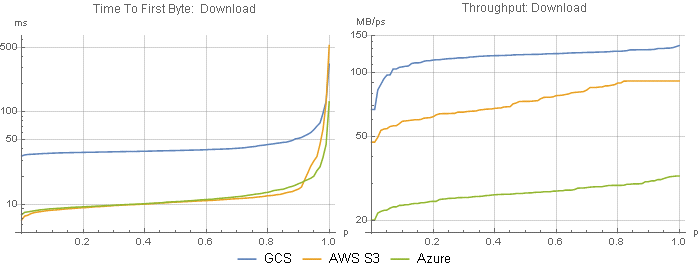

Table of Contents • • • • • • • • • • Using a storage service like to store file uploads provides an order of magnitude scalability, reliability, and speed gain than just storing files on a local filesystem. S3, or similar storage services, are important when architecting applications for scale and are a perfect complement to Heroku’s. This article will show you how to create a Java web application with Play 2 that stores file uploads on Amazon S3.
Here is an example of command line non-interactive php script which uploads file to Amazon S3. Uploading files to Amazon S3 with REST API. // file to upload to S3. Store file uploads on Amazon S3 with. Using Amazon S3 for File Uploads with Java and. A simple S3File model object will upload files to S3 and store file.
Before you read this article check out which shows you how to establish the necessary S3 credentials/keys and provides a more in-depth discussion of the benefits of such an approach. Be aware that this example sets the permissions of the file to be public (viewable by anybody with the link). Conversely, the S3File class also overrides the delete method in order to delete the file on S3 before the S3File is deleted from the database. The actual file name on S3 is derived from the getActualFileName method which is the id and the original file name concatenated with a /. S3 doesn’t have a concept of directories but this simulates it and avoids file name collisions. Free Reports Templates. The S3File class also has a getUrl method which returns the URL to the file using S3’s HTTP service.
This is the most direct way for a user to get a file from S3 but it only works because the file is set to have public accessibility.